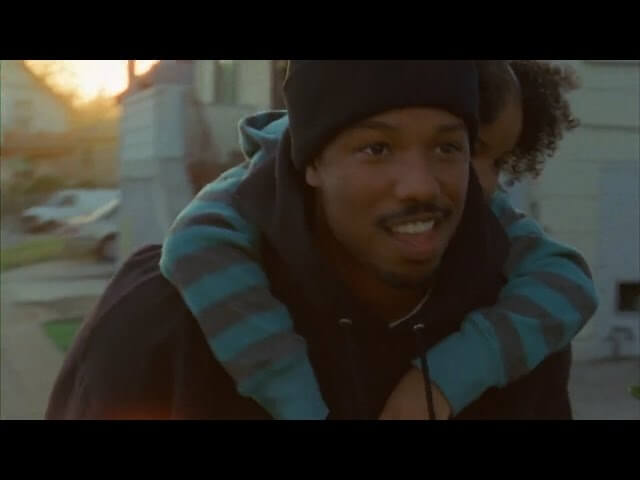Breaking down the mysterious beauty of 16mm film

You often hear people waxing poetic about the difference between film and digital, so much so that it’s become something of a cliché. A short video essay about the glories of 16mm film by The Royal Ocean Film Society steers directly into this cliché, front-loading the discussion with jokes about being a hipster, including a can of PBR and a tip jar for any time he says something pretentious. But after that, filmmaker Andrew Saladino is able to dig into this contentious issue, questioning his own assumptions about the importance of format and providing a solid entry point for people to understand the debate.
While he admits that there’s some nostalgia to his love of film’s imperfections, he’s much more interested in the magical balancing act of 16mm film. The lo-fi grain of 8mm stuff is compelling, he says, but would be draining over the course of an entire film, while super high-resolution 35mm film is almost indistinguishable at this point from digital filmmaking. Thus 16mm film captures a perfect blend of grit and clarity, with rich, saturated colors and what he calls a “genuine” texture.
Using clips from The Hurt Locker, Jackie, Moonrise Kingdom, and several Darren Aronofsky films, the video forms something of a tribute to analog film. Why don’t more people use it? The knock against producing movies this way is that it’s more expensive than digital, but Saladino is so sold on it he does the math for a mid-range independent film and finds that that excuse doesn’t quite add up. So, there you have it: Whenever your mid-range independent film is getting financed, you now have no reason not to shoot it on 16mm film, unless you just prefer soulless digital gunk.